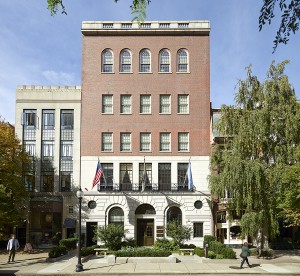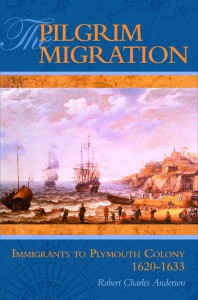 Five new sketches have been posted in the Early New England Families Study Project database:
Five new sketches have been posted in the Early New England Families Study Project database:
Nathaniel Bacon (c. 1621–c. 1673) married Hannah Mayo, dau. of Rev. John Mayo; settled in Barnstable, tanner, 8 children.
Joshua Holgrave (c. 1615–c. 1643), son of John and Elizabeth (––) Holgrave (covered in the Great Migration series, or GM), married Jane Conant (see below), to New England about age 18 with parents and younger siblings; settled in Salem, 2 children. Continue reading Early New England Families Study Project update





